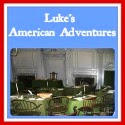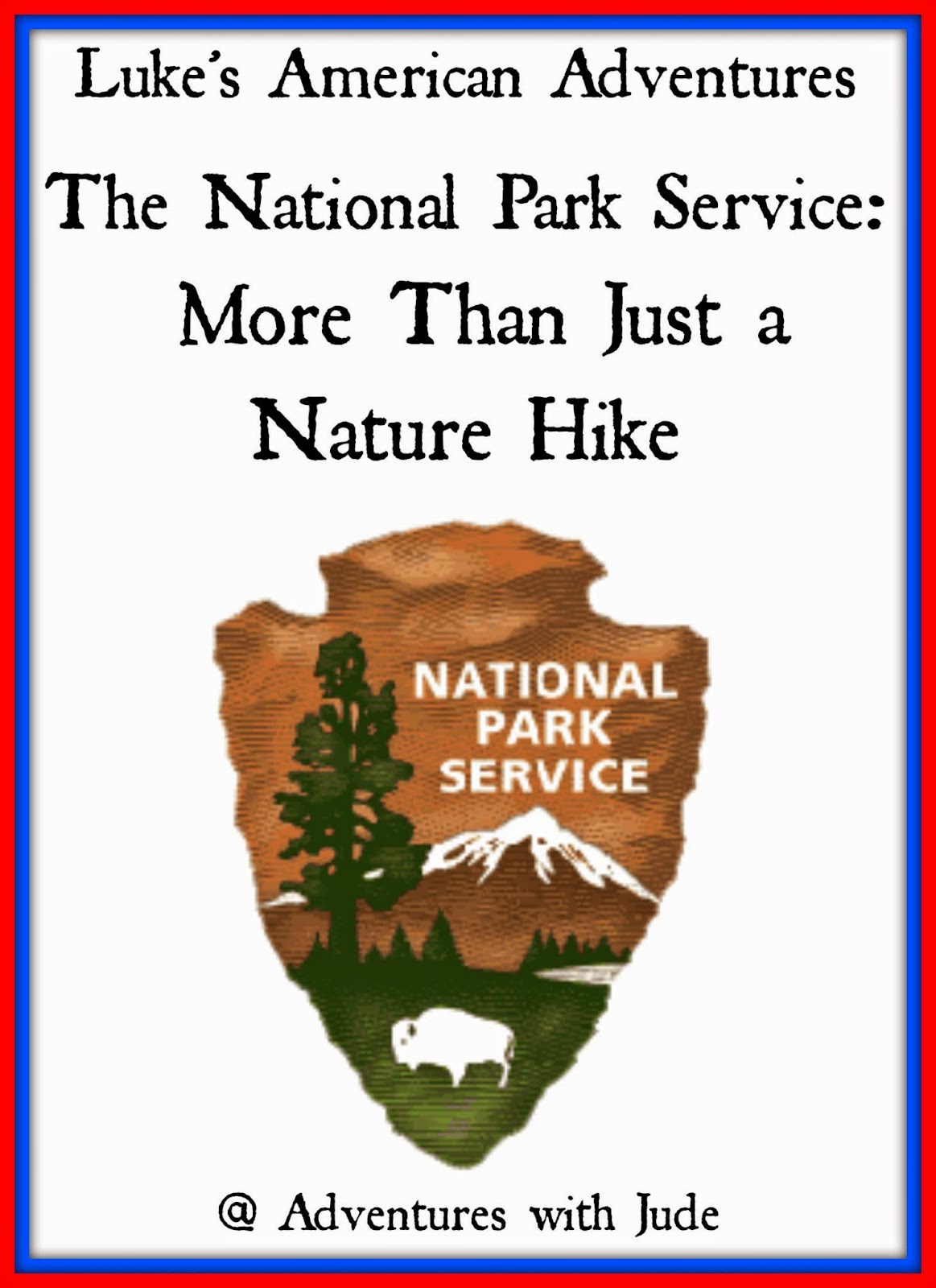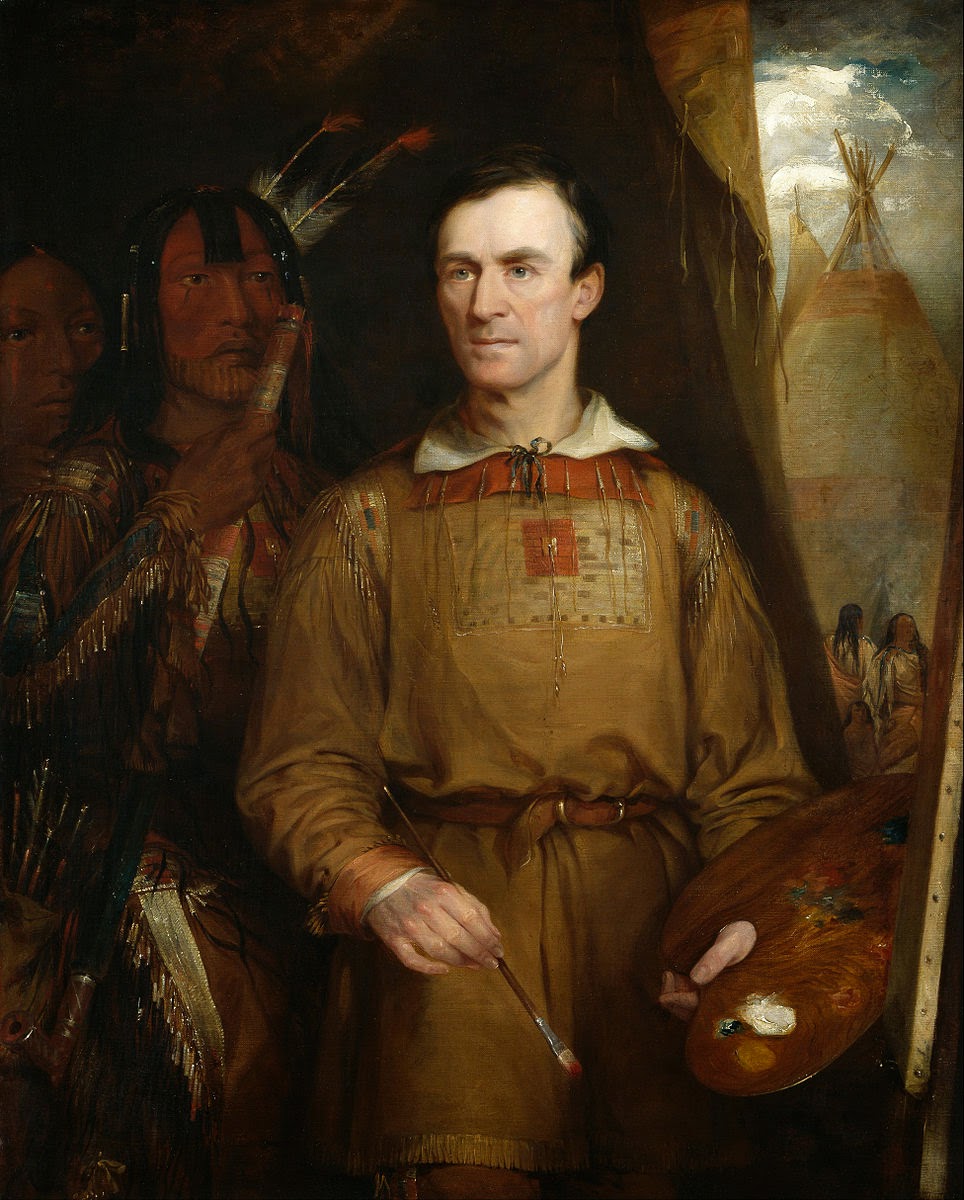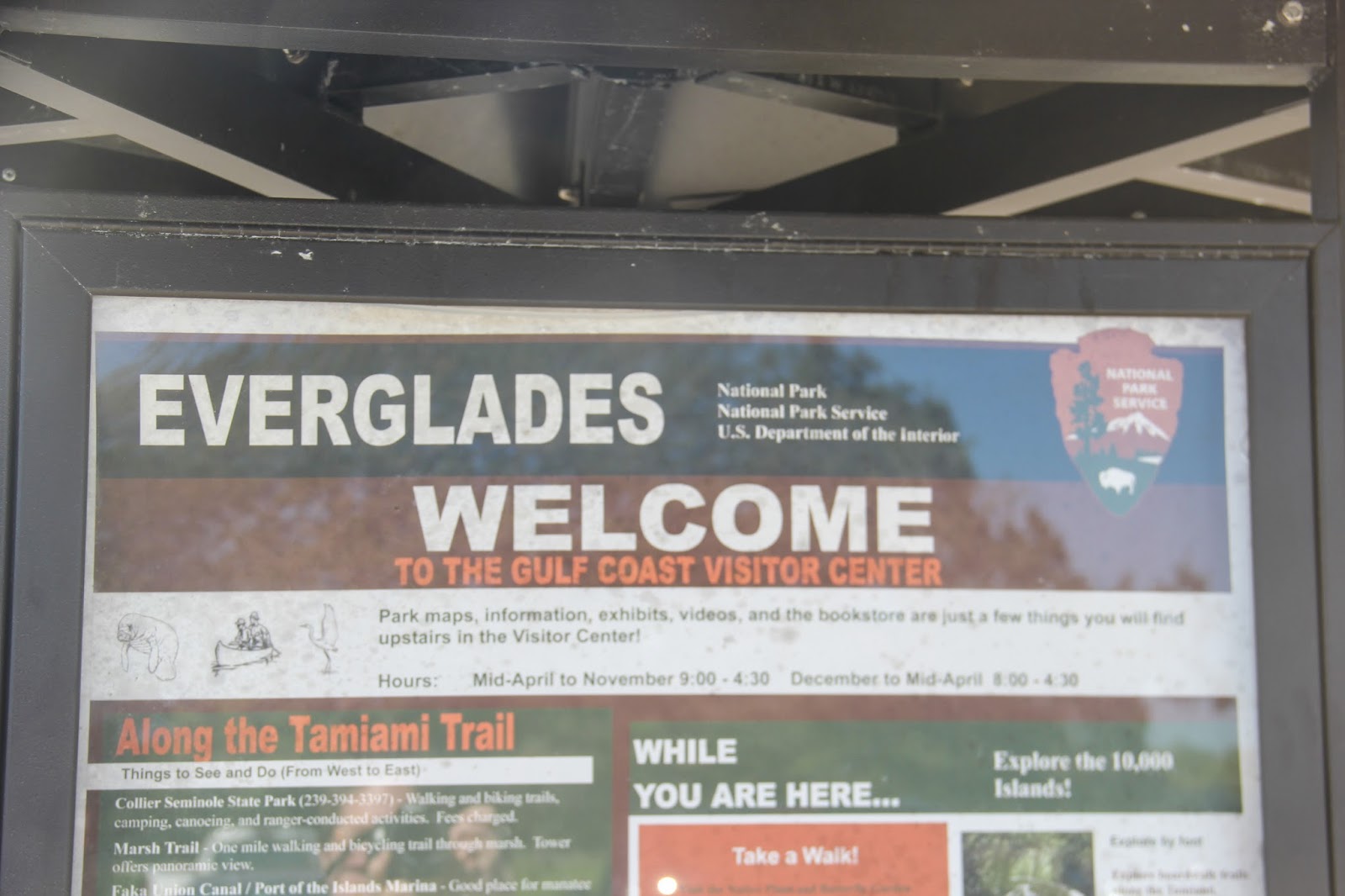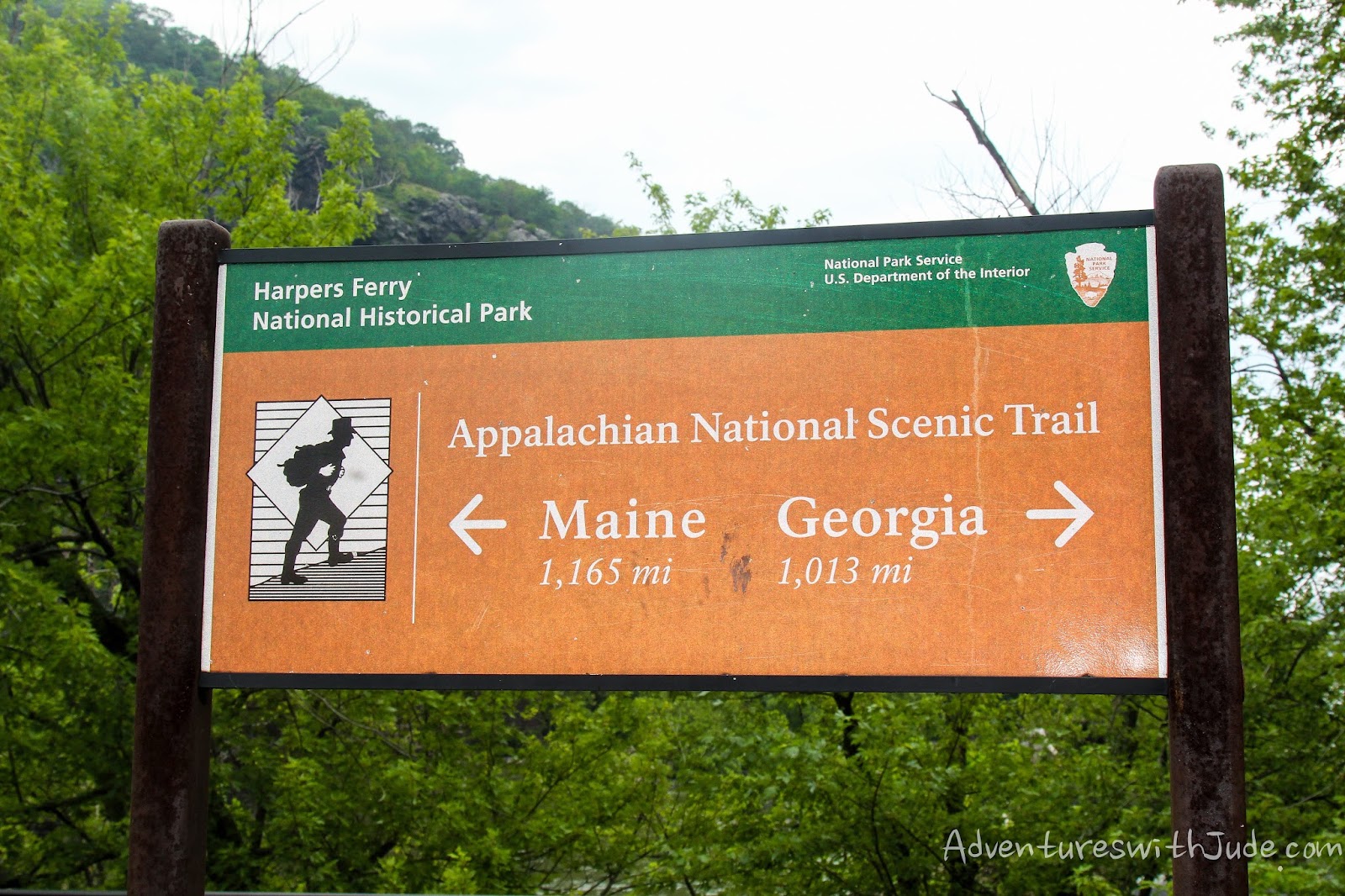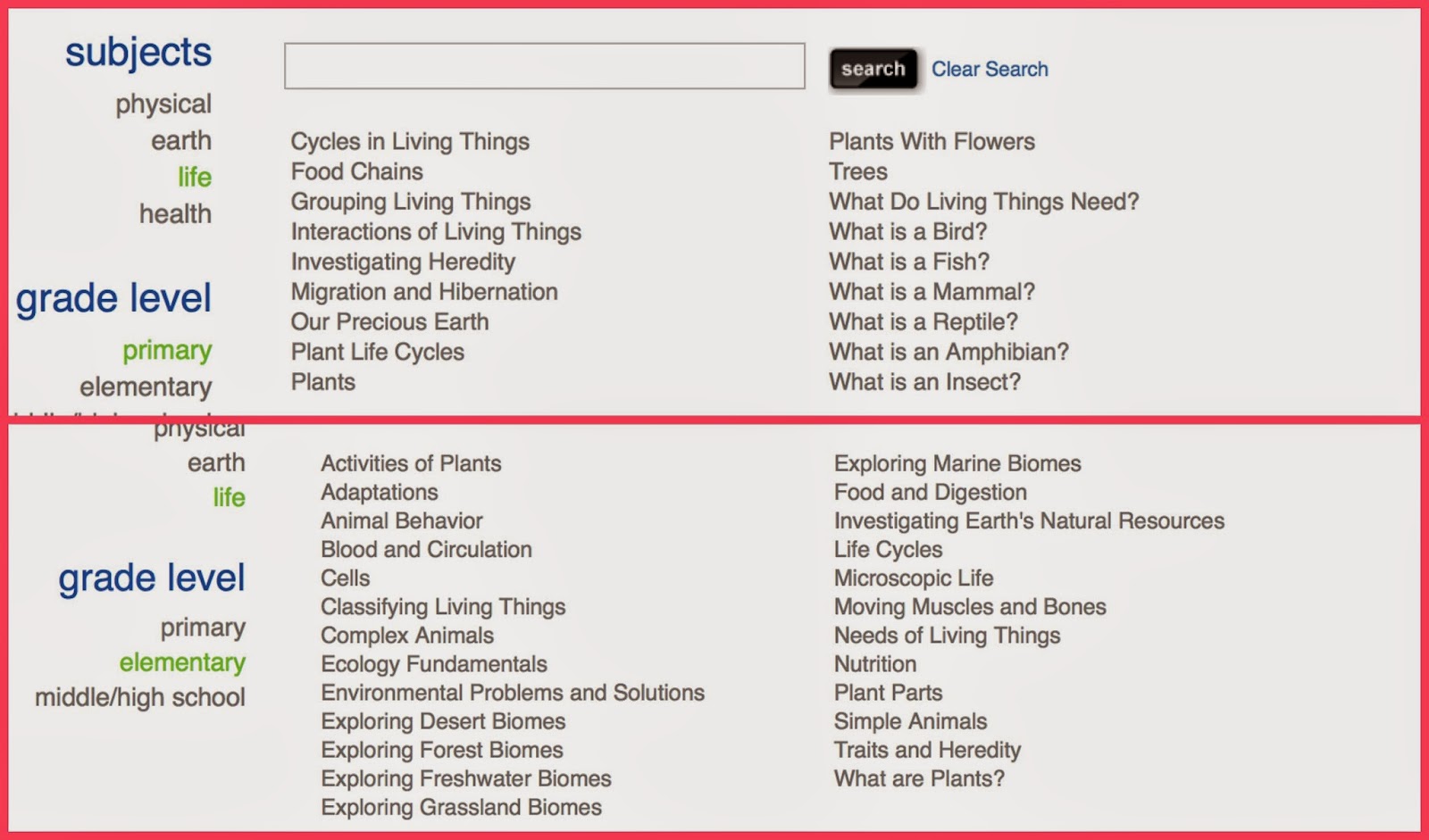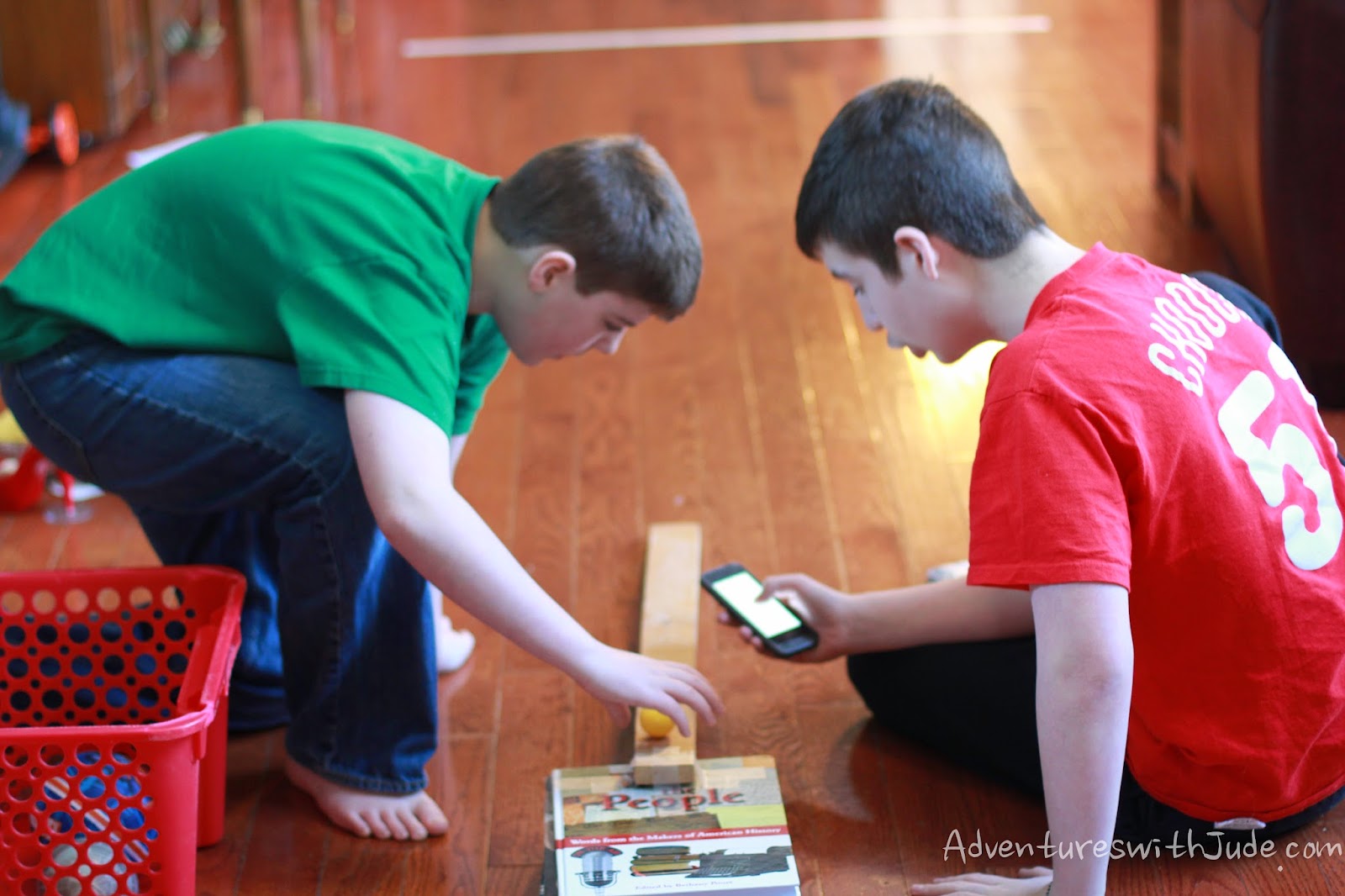"I dunno what it means. It's Greek to me!"
How many times have you repeated that when you didn't understand something? In reality, over 40% of English words have Greek roots, so odds are pretty good the word really is Greek. The premise of Greek Morphemes Lessons (It's NOT Greek to Me) from Ready to Teach is to teach middle and upper grade students how to decode words derived from Greek into roots, prefixes and suffixes. This way, rather than having to memorize thousands of vocabulary words, a student can quickly look at a word, break it down, and define it. We reviewed this program from the Crew in the hopes of helping the big boys' vocabulary studies - with SATs coming up quickly, anything to help with the unending vocabulary it demands is helpful!
We received two softcover books - a Student Book (single student consumable) and an Instructor's Manual - along with Power Point presentation lessons. These lessons were housed on both a CD in the back of the Instructor's Manual and on thumb drive. I know we live in a digital age, but can I just say how fantastic the idea of a thumb drive is? None of our computers have built-in CD drives, so using a CD means hunting down the external CD player that invariably goes on walkabout just when we need it. I slid the thumb drive from its case, popped it into the USB drive on my laptop, and poof! Instant lessons! (Note: my understanding is the flash drive will replace the CD after March 2015.) There are 12 units of lessons in the program, and each lesson follows the same pattern.
The first section of a lesson, is titled "Notes - Figuring out what you already know..." It takes a group of words that the student is likely to know and breaking them down in to their Greek morphemes. Each unit breaks down the different sections of words.
roots
prefix
suffix
Next, the program has you make study cards. There are pre-printed study cards in the back of the student book for easy, pre-made ones. We chose to write the morphmes and their meanings on index cards and make our own. I don't care for pre-made study cards, because I think writing something helps make it "stick" in the brain more easily than simply reading and re-reading can.
Following the first "learn these roots" section are Assignments A through E that focus on the student working with the words -- putting the roots, prefixes, and suffixes into words and breaking them down into approximate definitions.
Assignments A and B break the assigned "Words to Work" list into more easily managed chunks (Matthew's hand appreciated not having to write out more than 10 each day.) There isn't a focus on precision, but rather knowing the morpheme well enough to apply it in different circumstances. Remember, the goal isn't to memorize a dictionary, but have a working knowledge of what the word sections mean. If the definition isn't dictionary-perfect, it's not a big deal, as long as the student understands in practical terms what the words mean.
For Assignment C, Context Clues, the student was to create sentences that included the definition, synonym, antonyms, and/or examples to help learn the word. About half of the words for each unit are used for this assignment. After practicing contexts, the student then created his own word using the morphemes. I wasn't overly concerned that the word be "real" - after all, nonsense words can be fun, too - as long as it was something that could be used in a sentence properly. One example:
bibliophonic - adjective for "uses an audiobook"
sentence: "I used a bibliophonic version of The Great Gatsby for my assignment."
Assignment D was two parts again: analyzing new words for meanings based on the morphemes, and trying to "define" the word. These not-from-the-dictionary definitions required some thought -- a cacobiblio ("bad book") was something not acceptable to read and use for a book report!
We liked the interactive Power Point slide quizzes.
If the student was correct, the above card turned over. If wrong, the "Oops" card appeared.
The Instructor's Manual was a bit different from most I'm used to. Instead of being self-contained units (ie, all of Lesson 1 was together, followed by Lesson 2, etc.) the book was divided by Assignment. All of the answers for "what does this word mean" were together, the answers for "what's the new word/funny definition" assignments together, all of the unit tests were together, etc. The book wasn't too difficult to use, but there was a bit of a learning curve at the beginning because I kept having to find the correct section, not just a single lesson. In addition, the Manual contains transparency masters. These would be good if you were teaching in a regular school/in co-op situation, but we didn't use them because we don't have an overhead projector.
While there are review units (after Lessons 2, 6 and 12) within the program, I found it easy to make sure they weren't studying "for the test" by using the card rings and picking a morpheme at random and saying "what does this mean" or "use this <made-up-word> in a sentence." I think frequent review is key to getting the definitions cemented into their brains so that they become automatic. When the SATs come, there is only a finite time allotted for each section, and it's important that they have the morpheme definitions down cold so they are spending the time decoding the new word on the test, not its roots.
I thought this was a really solid program. It's straightforward, with few frills, and that's not bad. The boys didn't care for it as much as some other programs we have tried, I think because it was so stark. (Our last program was video based with a lot of visual mnemonics, so I see their reasoning.) At a rate of three days/week, the program will take about half a year (a full semester) to complete. If you wanted to complete sooner, then you could bump it up to one activity daily, but I think that's a lot of work to do in one day and would take well over an hour. If you needed to go at an accelerated rate, I would focus on the lesson's morphemes and prioritize Assignments A and B, leaving C and D as something to "go back to" when you had more time. By the time a student gets to the end of this program, he will have a strong command of the Greek roots that make up so much of our vocabulary!

©2012- 2015 Adventures with Jude. All rights reserved. All text, photographs, artwork, and other content may not be reproduced or transmitted in any form without the written consent of the author. http://adventureswithjude.com
















